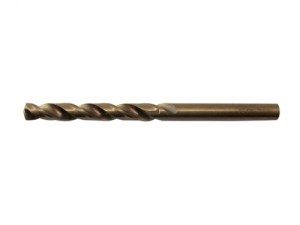- A power drill
- A 3″ hole saw
- A 1″ hole saw
- A 1/4″ drill bit
- A hacksaw
Very young children and other preoperational learners do best with simple labels for new things. Therefore, we suggest that you teach the following terms:





The best way to teach these vocabulary concepts is to have the items set out on a flat surface and show them individually to your learner while nothing is powered on or easily grabbed. Pick up each item one at a time, call it by its name, and state its purpose in simple language, such as, “This is a hacksaw and it is used to cut very hard things, like pipe.”
Demonstrate each object’s use while building out your container(s) from a safe but visible distance, presumably with the help of another adult, so that your learner can see how the tool is being used but is not in danger. For example, “I am cutting a hole in this bucket with the big hole saw. This big hole saw is very sharp.” Allow your learner to touch the pieces without risking injury, such as holding (with adult assistance) the handle of the hacksaw or the grip of the power drill.
The point is to refer to each object by name repeatedly as well as use the language you are wanting to teach about the actions you are taking, such as standing, bending over, sitting, sawing, drilling, building, etc. The exposure to the tools used in building out your containers conveys the concept that tools are used to adapt environments to make them more suitable, which is foundational to other developmental concepts.
